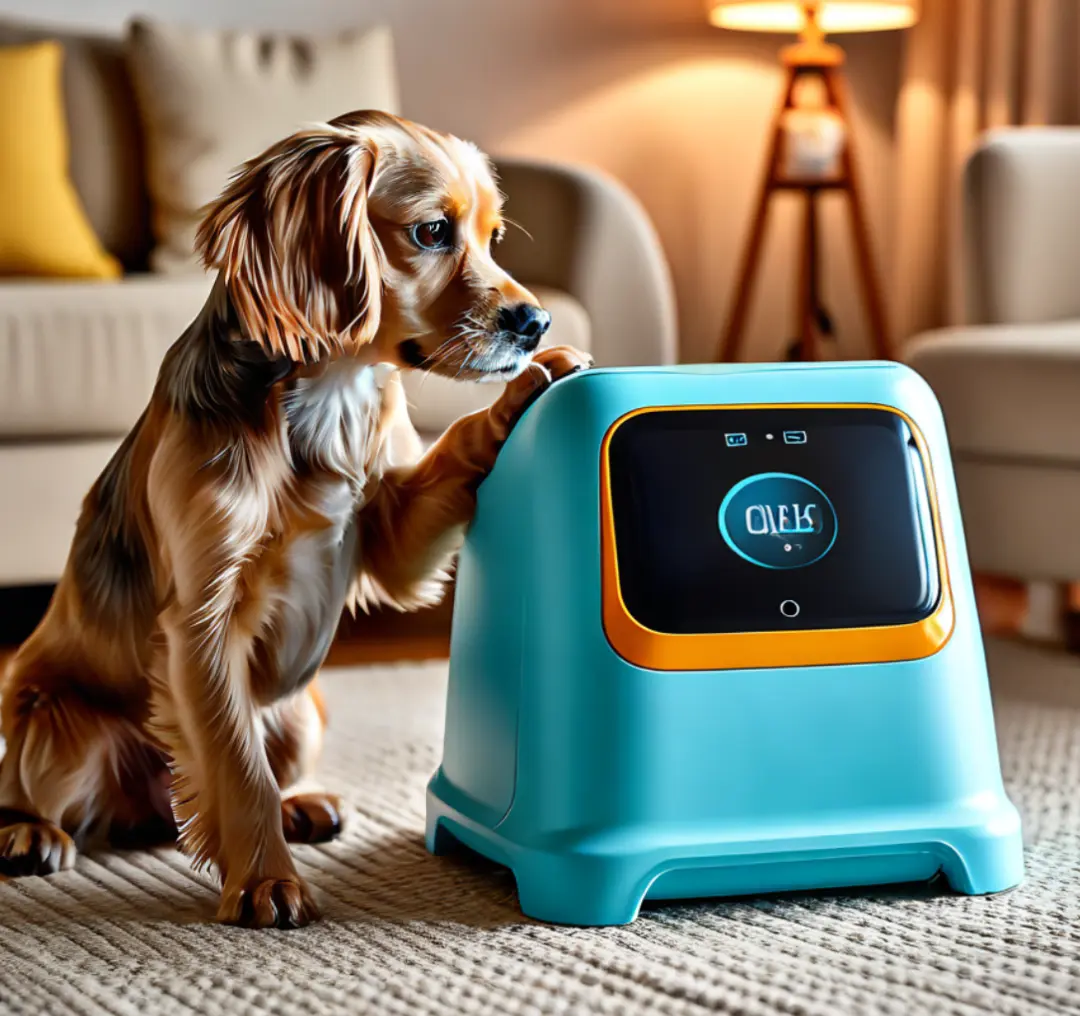
Pet Products CE Mark
In overseas markets, smart technology is leading the transformation and upgrading of the pet products industry. Smart pet products, such as automatic feeders, smart collars, and intelligent litter boxes, are gradually gaining popularity among consumers. By integrating advanced technology, these products enable intelligent pet feeding and health management, greatly enhancing user convenience and efficiency.
Furthermore, the rise of cross-border e-commerce platforms has provided strong support for pet product companies to expand into international markets. However, different countries and regions require different export certifications for pet products.

The European and American markets have strict requirements regarding the quality and safety of pet products. For example, pet toys exported to the United States must obtain ASTM certification, while those exported to Europe require en71 certification. Although these regulations ensure the safety of pet products, they also set a high entry threshold for brands.
Currently, China's exports of smart pet appliances continue to grow, with the European Union occupying a significant share. To sell smart pet appliances in the EU market, products must comply with a series of regulations and standards to ensure safety, compliance, and quality.
Here is key information about exporting pet products to the European and American markets:
U.S. Market
- FDA (Food and Drug Administration) Registration and ComplianCE certification: Pet food must be registered with the FDA and submit compliance documents that meet U.S. safety and quality standards.
- CPC Certification (Children’s Product Certificate): Although primarily for children's products, certain pet products (such as toys) that may interact with or be accessed by children must also obtain this certification, proving they comply with all relevant safety rules and are tested by CPSC-accredited third-party laboratories.
- ASTM Standards: Apply to the safety evaluation of pet toys and supplies, ensuring they do not cause harm during use.
1. CPSIA Total Lead + Phthalates;
2. ASTM F963 Toy Standard;
3. 16 CFR Part 1501 Small Parts Regulation (for toys);
4. 16 CFR Part 1510 Rattle Requirements (only for rattles, covered under ASTM F963);
5. 16 CFR Part 1505 Safety Standard for Electrically Operated Toys (only for electric toys).
European Market
1. CE Certification
- CE Mark: Smart pet appliances entering the EU market must carry the CE mark. This mark is a mandatory safety certification for products imported and sold within the EU, indicating compliance with EU directives and standards.
- Applicable Standards: For smart pet appliances, CE certification typically requires compliance with EMC (Electromagnetic Compatibility), LVD (low voltage directive), RED (Radio Equipment Directive for wireless devices), and RoHS (Restriction of Hazardous Substances) requirements.
2. Regulations and Directives
- Toy Safety Directive: If smart pet appliances are considered toys or part of toys (e.g., electronic pet toys), they must comply with the EU Toy Safety Directive (Directive 2009/48/EC) and may need to meet the EN71 series of standards.
- Other Related Regulations: Smart pet appliances may also need to comply with other regulations such as REACH (Registration, Evaluation, Authorisation, and Restriction of Chemicals) and RoHS.
3. Main Pet Smart Appliance Products and Applicable Standards
1. Pet Feeding and Drinking Equipment: Automatic feeders, smart water dispensers
- CE-LVD: IEC/EN 62368
- CE-EMC: IEC/EN 55011-1, IEC/EN 55011-2
2. Pet Hygiene and Care Equipment: Automatic litter boxes, pet drying boxes
- CE-LVD: IEC/EN 62368
- CE-EMC: IEC/EN 55011-1, IEC/EN 55011-2
- For devices with lighting, compliance with lighting standards is required:
- CE-LVD: IEC/EN 60598
- CE-EMC: IEC/EN 55015, IEC/EN 61547
3. Pet Health Monitoring Devices: Smart collars or trackers, pet locators, home surveillance cameras
- emc testing Standards:
- en55032, EN55035
- EN301 489-1, EN301 489-17
- EN301 489-19, EN301 489-52 (4G)
- RF Testing Standards:
- EN300 328, EN303 413 (GPS)
- EN301 908-1, EN301 908-13 (4G)
- sar testing Standards:
- EN50566, EN62209-2 (Body SAR)
- EN62479 (EMF Exposure Assessment)
- LVD Testing Standard:
- EN62368-1
- Notes: EN50360, EN62209-1 (Head SAR)
4. Pet Grooming and Care Appliances: Pet hair dryers, pet clippers
- CE-LVD: IEC/EN 60335-1
- CE-EMC: IEC/EN 55022, IEC/en 55024
- CE-EMF: EN62233
Application Certification Requirements and Notes for Pet Products
- Product Name: e.g., "pet toys", "pet food", "cat litter", etc.
- Brand Type: Self-owned brand, joint venture brand, or imported brand.
- Purpose Description: e.g., "for pet entertainment", "for pet feeding", etc.
- Material and Function: e.g., "leather pet clothing", "silicone particle cat litter", etc.
- Brand: Provide brand name in Chinese or foreign language.
- Model and Specifications: Clearly indicate size, weight, and other parameters.
Product Inspection and Certification Requirements
- Pet Food: Must meet the health and quarantine standards of the importing country and provide veterinary health certificates.
- Toys and Apparel:
- For the EU: must pass EN71 (Toy Safety Standards).
- For the U.S.: must pass ASTM F963 standards.
Amazon SPN Compliance Services
As a third-party testing and certification laboratory, China's JJR Laboratory is recognized by e-commerce platforms such as Amazon, Pinduoduo, and TEMU, and holds authorization from multiple authoritative certification bodies. We are committed to providing comprehensive product compliance testing and certification services to ensure that your products successfully pass compliance reviews on major platforms.
Email:hello@jjrlab.com
Write your message here and send it to us
 What Are the Testing Items of California Propositi
What Are the Testing Items of California Propositi
 E-Cigarette EU TPD Testing
E-Cigarette EU TPD Testing
 Testing Certification for E-cigarettes Exported to
Testing Certification for E-cigarettes Exported to
 What is Amazon US CPC Certification?
What is Amazon US CPC Certification?
 UK Toy Safety Regulation Standard EN 71-13
UK Toy Safety Regulation Standard EN 71-13
 What is EU UFI Registration?
What is EU UFI Registration?
 EU UFI Registration for E-cigarette E-liquid
EU UFI Registration for E-cigarette E-liquid
 How to get the MSDS Report for Electronic Cigarett
How to get the MSDS Report for Electronic Cigarett
Leave us a message
24-hour online customer service at any time to respond, so that you worry!




